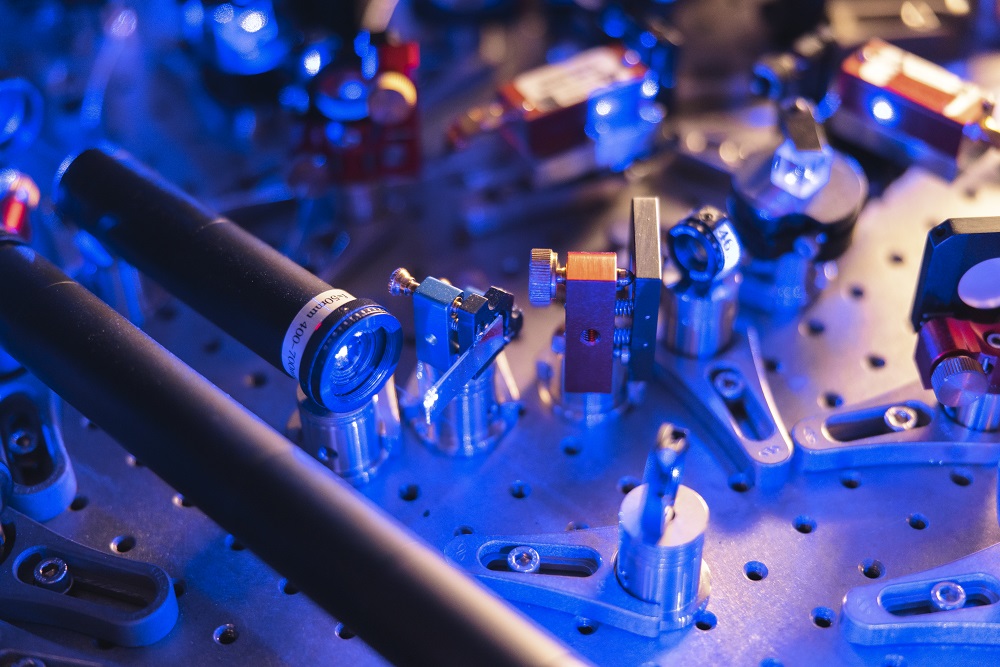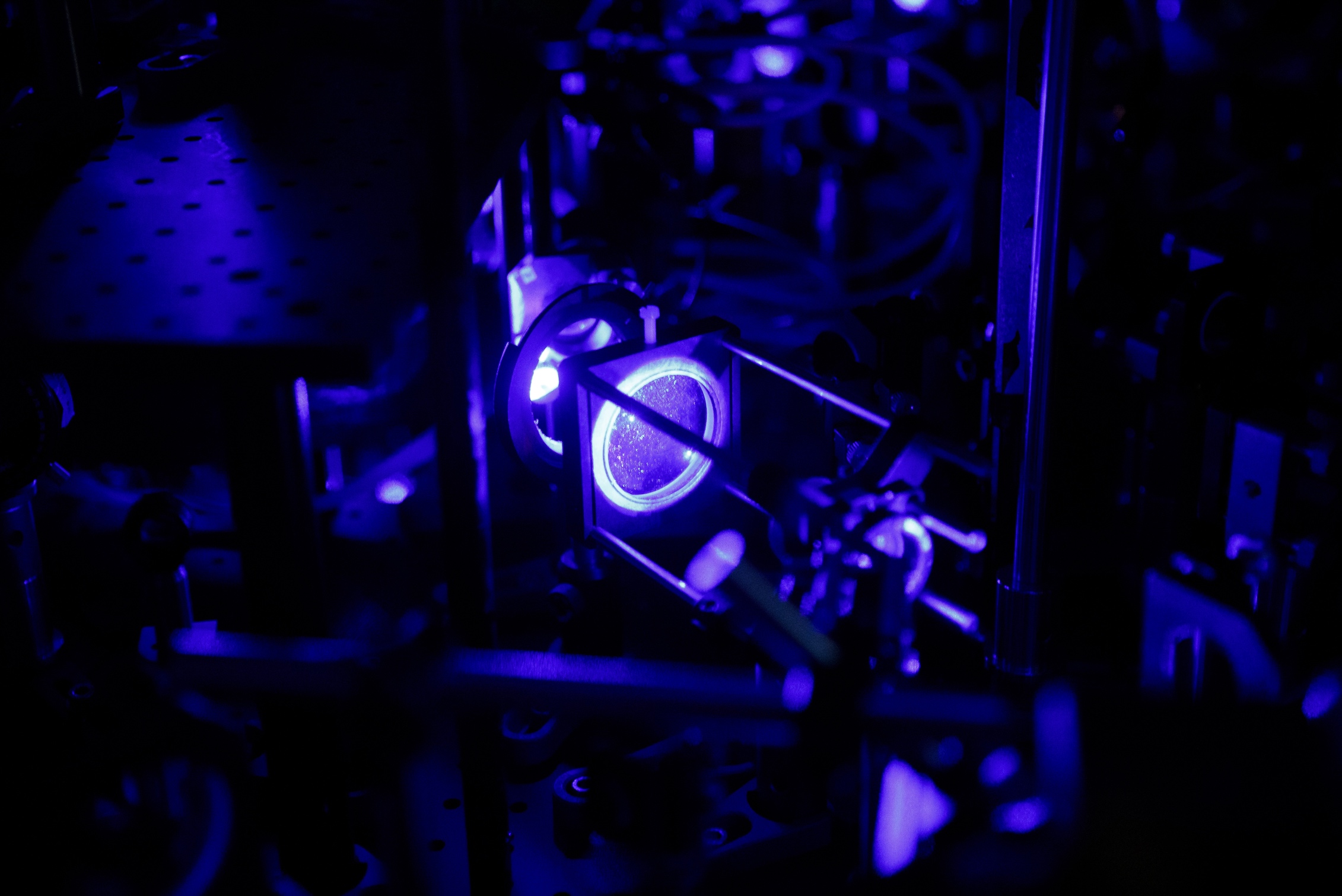Inertial sensors and fundamental test in physics
The strontium atom possesses ultra-narrow clock transitions suitable for precision frequency measurements. In addition to timekeeping, the community proposed to use these precise optical transitions for fundamental tests of gravity, gravitational wave detection, and the search for dark matter [1]. We contributed to this fantastic enterprise, proposing a new type of inertial sensors with an original interrogation protocol [2-3]. In this still ongoing project, we are using experimental tools, such as ultra-stable lasers, and optical lattice. |
[1] G. M. Tino et al., “SAGE: A proposal for a space atomic gravity explorer,” Eur. Phys. J. D, vol. 73, no. 11, p. 228, Nov. 2019, doi: 10.1140/epjd/e2019-100324-6.
[2] T. Zanon-Willette, D. Wilkowski, R. Lefevre, A. V. Taichenachev, V. I. Yudin, Generalized hyper-Ramsey-Bordé matter-wave interferometry: Quantum engineering of robust atomic sensors with composite pulses Phys. Rev. R, 4, 023222 (2022), doi: 10.1103/PhysRevResearch.4.023222
[3] T. Zanon-Willette, D. Wilkowski, R. Lefevre, A. V. Taichenachev, V. I. Yudin, SU(2) hyper-clocks: Quantum engineering of spinor interferences for time and frequency metrology Phys. Rev. R, 4, 023117 (2022), doi: 10.1103/PhysRevResearch.4.023117

